Everyone who has ever watched a movie has an idea in their head of the stereotypical angry mob with torches and pitchforks, and most of us have a lot of preconceived notions about how crowds will behave. People tend to think, in general, that crowds are relatively easy to manipulate, and that oftentimes people will see terrible things happening to others and just let it go because they are part of a crowd. The truth behind all of this is a lot more complicated, and many researchers have spent countless hours studying the behaviors of crowds for all kinds of public safety related reasons. In today’s article, we will go over 10 fascinating facts and misconceptions about crowd psychology.
10. If You Need Help And You Are In A Crowd, Ask Specific People For Help

One of the most important things to know about crowds is the way diffusion of responsibility works. The idea is essentially that the larger a crowd is, the less likely people will be to go out of their way to help another person. The reason is that they feel more like somebody will likely have it covered, because there are so many people around. Now, this isn’t necessarily true if someone is bleeding out on the ground. If anyone is trained in paramedic skills, they will likely stop and not just assume that the person doesn’t need help, or that someone else will deal with it. They may even see another medical professional helping, and see a fellow medical type who needs their assistance and step in.
However, in a situation where the need for help isn’t quite as obvious, and it isn’t a traumatic injury or the like — or even if it is and you need help right that second but it isn’t quite as obvious — experts say there are a couple important things to do. The first is to ask specific people, and not just appeal to the crowd at large. Keep asking people until somebody helps, or you can find somebody who knows how to do what you need. It’s also important to be specific about what you need, and what’s wrong, so others can help you as quickly as possible. Humans want to help others, but they can get confused and shut down. If you address them directly, you remove their confusion, and get them to take action.
9. The Story Of Kitty Genovese Is Not Necessarily The Best Example — It Has Been Muddled
Many people have heard of a young woman named Kitty Genovese. She was even brought up in the movie The Boondock Saints as a justification to go around as vigilantes randomly and wantonly murdering mobsters. The story goes that the young woman was being murdered in front of multiple witnesses and no one did anything. It has been repeated by the media and amateur psychologists for years, and has been used as evidence that the bigger the crowd, the more likely people are to just ignore something awful happening right in front of them — even murder.
However, the truth — while sad — is a lot more banal. The woman came home at about 2:30 AM when there weren’t many witnesses around. A man who had been stalking her attacked and stabbed her. A neighbor from upstairs, who didn’t have time to come down, yelled for the attacker to leave her alone. He temporarily left, and Kitty ducked out of sight behind her apartment building to hide, now seriously injured. The man came back 10 minutes later and stabbed and robbed her. Kitty was soon found by a neighbor, who immediately called the police. Perhaps the first neighbor who called out should have called the police or followed up, but he yelled out and the attacker initially left. The next person to find her immediately called for help. There were also a couple other neighbors who may have been eyewitnesses and claim they called the police, but the police couldn’t find logs of it. Regardless, the popular story that there were 30-plus witnesses that didn’t try to help her is just a complete fabrication.
8. It’s Actually Hard To Stir A Crowd Into A Mob-Like Frenzy Without Other Factors

Many people like to think of crowds as a mob of panicky people about to go crazy at any moment and tear things up. If you insert your least favorite group, it’s easy to imagine a crowd of people quickly ending up in a frenzy and rioting. This isn’t really accurate in terms of real behavior, though. Generally, even people who have been pushed to their limit don’t go out and do violent things, even at the behest or with the anonymity of a crowd, unless they were already the type of person who was looking for an excuse to do something like that to begin with.
If you actually want to truly stir up a crowd, you’re going to find it quite difficult. Even in places like, for example, Ferguson, when the tension was at its very worst the vast majority of the crowd remained peaceful, even while a handful of rioters caused trouble and the police themselves (according to a report by the Department of Justice) illegally attacked the protesters. Even given a very good “excuse” to cause trouble, the vast majority of people are simply not violent, and cannot be goaded into violence without absolute necessity to do so.
7. In General, Crowds Stay Calmer In Panicky Situations Than You Would Think

Most people have a lot of preconceived notions about crowds, and one of the biggest is that crowds tend to be fairly jittery, and can go crazy at a moment’s notice if the right (or wrong) thing happens. Many assume that in the event of a shooting, bombing, fire, or what have you, people will behave in a crazy fashion and will tend to get themselves and others inadvertently killed or hurt. The facts, though, don’t really bear this out.
Children at schools with shootings tend to exit in a very organized fashion, even when doing so might seem a little slower, and they tend to rely on each other and work as a group to get to safety. While some may argue this behavior has been partly trained, the behavior of those in the towers on 9/11 certainly was not. Accounts say that most people actually filed quite calmly and civilly to the rescue routes from the building, and that this ability to stay calm and not panic actually saved lives. Human beings are quite hardy, and do not devolve into a mass of terrified tears the moment they get around a lot of other people and are faced with a crisis.
6. Crowds Are Not Nearly As Naturally Submissive To Authority As You Might Believe
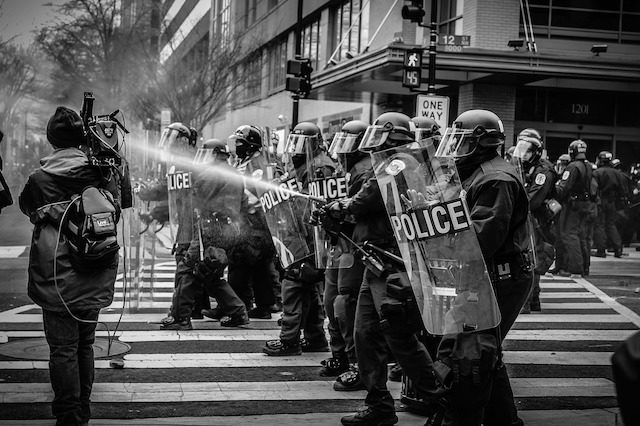
One of the most common beliefs about crowds is that they are naturally submissive to authority, but that isn’t really the case. In fact, as anyone who has worked crowd security can tell you (even those who are obviously official police officers), crowds can be just as unruly or rude toward those who have authority over them as they are to anyone else. In fact, oftentimes that feeling of anonymity or being in a bigger crowd can actually give people a false sense of the power they do have to defy authority.
Of course, this is really just an illusion, and unless the crowd is actually rioting, if the police notice you doing something illegal or harassing them to that point, the fact you are surrounded by people will not protect you. Regardless, police have also observed that crowds can be difficult to get to follow simple instructions, like which way to safely go, and that sometimes it seems even normally obedient citizens can end up defiant when they have the anonymity of a crowd. This doesn’t mean people are necessarily badly intentioned or trying to defy authority, just that trying to corral a crowd can often be like herding cats.
5. Oftentimes, Crowd Related Tragedies Are Accidental And Those Involved Were Unaware
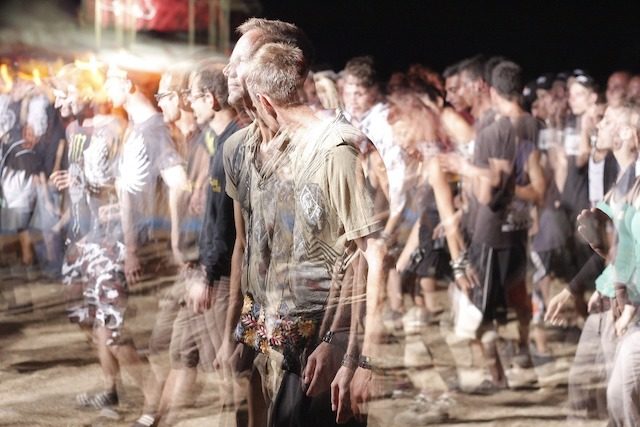
The truth is that crowd related tragedies are almost never the result of people consciously trying to do bad things, or even being rabble-roused into doing terrible things. Sadly, sometimes the problem is just bad crowd management. To properly understand how people move, you have to also understand how they think, and some people are paid a lot of money these days to figure this stuff out before any big public spaces are built — especially sports stadiums. One of the reasons for this are incidents like the one that happened in Sheffield, England back in 1989. 93 people were killed and over 180 were injured due to bad crowd management at Hillsborough Stadium.
The officials were never sure where exactly the problem started, but believe it was a combination of inadequate barriers, as well as too many people being let in too soon in the wrong places without enough overflow. This led to many people being inadvertently crushed to death, or simply suffocated due to lack of air. Those causing the crushing had no idea they were doing it, and many were likely caught up in the mess themselves and just afraid they would end up another casualty. This is why theme parks spend so much money on making proper open spaces, and carefully controlling not just the amount of people in the park, but also go to great lengths to psychologically trick people into spreading out as much as possible. The right crowd management techniques can prevent an entirely avoidable tragedy.
4. Crowds Are Not The Homogenous, Hivemind-Like Herd Beasts Many Picture
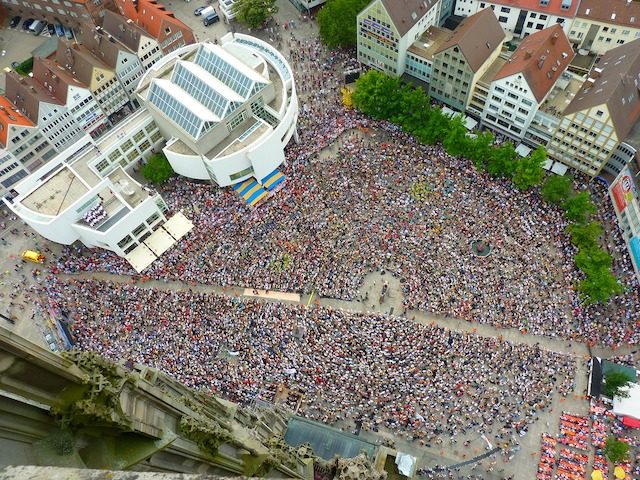
Despite any misconceptions you have about crowds, you are probably pretty convinced that the bigger a crowd gets, the more likely it is to become more a single, hivemind–like entity. But crowds tend to be way more diverse and varied, and this usually reflects in their thinking and actions as well. If you have ever seen a political caucus take shape, it’s a reminder that just because someone is in a crowd doesn’t mean they suddenly have a desire to agree with all those around them.
This notion likely exists because a lot of the time when people are in crowds, it’s due to something that brings us together for a similar reason. Oftentimes people are going to a sports game, and even if the other teams fans are there, they are often in a different section. Or, someone might go to a political rally, or an amusement park where everyone likes the same kind of entertainment. But when you think about it, just a general crowd, anywhere, doesn’t really have anything in particular to bring it together, and is just made up of a bunch of random people, all of whom may view things very differently.
3. How Suggestible A Crowd Is Or How Potentially Violent Depends Mostly On Its Makeup
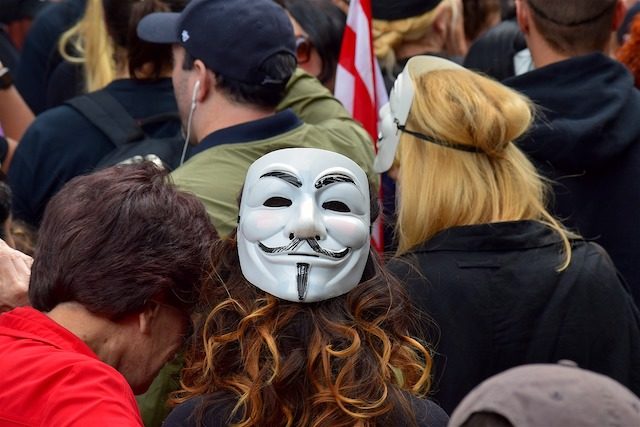
As we mentioned above, crowds are really just a bunch of random people, and tend to be pretty diverse, unless we are talking about a special event that literally brings one type of crowd together. This gives lie to the myth that crowds are typically violent or suggestible. The truth is that the tendency to violence or to do what a rabble rouser wants really just depends on the makeup of the crowd. If a crowd is of a more political persuasion and tends toward violence, then trying to stir them up into a hostile frenzy might work. However, a crowd of people at a Disney theme park is unlikely to be so suggestible, and you may struggle to find even a small group at such a place that really has any desire to even hear your message — you’ll probably be carted off pretty fast.
Even those prone to violence won’t necessarily do so in front of a crowd — it may even be quite the opposite. While some may feel a bit emboldened by a crowd to protest for causes, or to take part in a group that otherwise they may not feel strong enough to claim ownership of, that is a big step from actually committing violence or breaking laws. Many people who would consider breaking laws also don’t want to get in trouble for it, and tend to not want to be seen doing so — being in front a crowd doesn’t suddenly change who they are inside.
2. In A Volatile Situation, Multiple Groups Are Likely To Form, Instead Of One Violent Mob

In movies and other popular media, we’ve been given the idea that when things get really crazy, we will see one violent mob form, or just one mob in general even if it isn’t violent. However, unless you actually have police or other official groups to truly and fully restore order, that is not how it usually works. Crowds are not one homogenous entity and people tend to group up based on others who think and act like them. Even in a very short amount of time, case studies have shown that, given the chance, people will very quickly start splitting up into smaller groups that better fit their needs.
There is also no reason to believe that these groups would work against each other. In a true emergency situation where there isn’t full social order, not only do people tend to organize quickly into smaller groups, but the various groups tend to still work together for the common good. In general, people like to maintain a certain sense of individuality, but they also see a lot of conscious benefit to working with others for the common good. By organizing into smaller groups with people like us, but still working with different groups, we find the best possible compromise.
1. Groupthink Is More About Not Angering Those With Authority
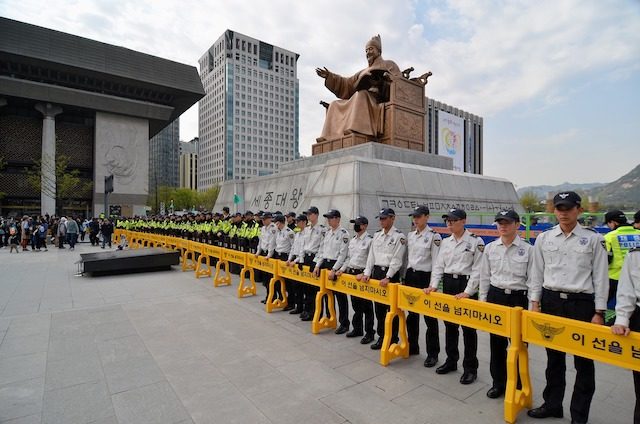
One of the most interesting facts about crowd psychology is the phenomenon of “groupthink.” For those not familiar with it, groupthink is the tendency in larger groups to not bring up issues that may rock the boat, or cause controversy or issues even when you know those issues are crucial. The famous example of this is the Challenger explosion, where groupthink is said to have led to the horrific and totally avoidable loss of life. Some even teach it in psychology class with a dramatic reenactment, but many people have learned entirely the wrong lesson from it. Some people hear groupthink and think of it as a situation where there was a large group, and thus people felt less desire to create controversy, or just bring up something that could mess things up in front of so many people.
However, “groupthink” doesn’t really have so much to do with groups — large or small — but more of people’s innate fear of upsetting those with authority over them. Those in charge really wanted the launch to go off without delay, and fixing even an incredibly minor issue could potentially lead to a very, very long delay, because space flight often has a very short window to hit. Groupthink is a phenomenon wherein people are so worried in the short term about upsetting their bosses that they don’t push to do something that will upset them now, in order to avoid upsetting them worse in the future. Realistically, groupthink could probably occur in a setting of a one on one with an employee and a boss — people’s short term fear can override their common sense.